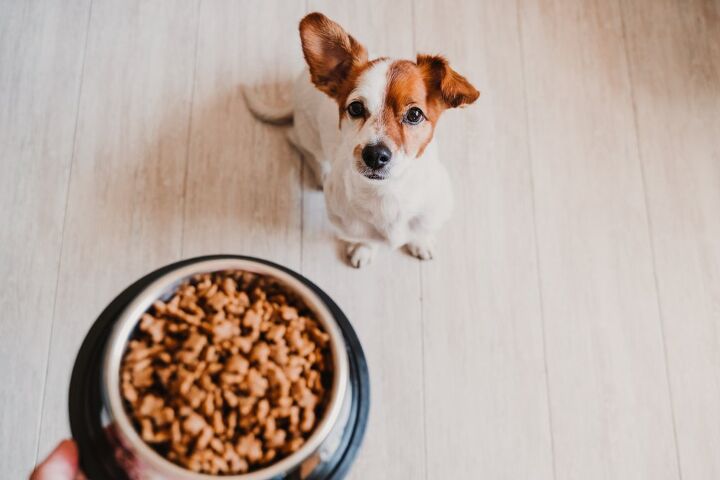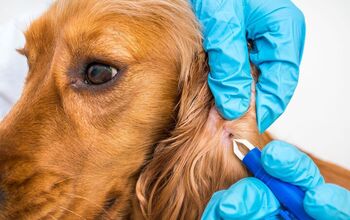New Study Reveals Most US Dog Owners Fail to Follow Pet Food Handling

Is your pet’s food dish making you sick? It’s a very real concern according to Dr. Emily Luisana of North Carolina State University in Raleigh and her colleagues. Their new study published in the journal PLOS One discovered that less than 5% of US dog owners are aware of the recommendations made by the FDA about safe handling of pet food and dishes. This could put dog owners and their families at risk of illness.
In the study, Dr. Luisana and her colleagues surveyed a total of 417 dog owners. They were asked questions relating to the FDA issued guidelines for safe pet food and dish handling as well as basic healthy and safety questions. In the survey, only 2/3 of dog owners reported that their dog’s food was prepared on a separate surface from where they prepare human food. Even more startling was the fact that only 1/3 of dog owners reported washing their hands after handling their dog’s food or dishes.
Their study didn’t stop there…
To better understand the potential risks of improper pet food and dish handling, the researchers focused their attention on testing 68 household dog food dishes. The participants of this part of the study were divided into three groups, each of which were given different instructions for how to handle and feed their dog’s food. After 1 week, the dishes were tested again for bacterial contamination and the results of the 3 groups were compared.
The dog owners that were given the full FDA pet food handling guidelines to follow had dishes with significantly less contamination than those that failed to take the recommended precautions.
Dr. Luisana and her colleagues don’t put all the blame on dog owners. In an interview about the study, she explained, “Out study shows that pet owners look to their veterinarian, pet food store and pet food manufacturers for information about pet food storage and hygiene guidelines. Including recommendations at these places and in multiple formats – on the label, on handouts and on their website, for example – would be a strong start.”
What are the FDA guidelines for handling pet food? To reduce the risk of harmful bacteria contamination, they recommend:
· Washing your hands before and after handling pet food, treats, or pet dishes
· Wash your pet’s food bowls and any utensils used for serving with hot water and soap after each use
· Don’t scoop your pet’s food using their dish, use a clean scoop, cup, or spoon
· Store dry pet food in the original bag with the top tightly folded over, in a cool, dry place with temperatures below 80F
· Tightly cover and refrigerate unused or leftover canned or pouched cat food with temperatures below 40F
· Dispose of any old or spoiled pet food in a securely tied bag, in a covered trash can
While these recommendations may look basic and simple, they can significantly reduce your risk of foodborne illnesses like listeriosis and salmonellosis. “I hope this study makes pets happier and healthier!” concluded Dr. Luisana. “Pet owners should know that pet food bowls can harbor bacteria and that recommendations exist for minimizing that risk.”

Britt Kascjak is a proud pet mom, sharing her heart (and her home) with her “pack” which includes her husband John, their 2 dogs – Indiana and Lucifer – and their 2 cats – Pippen and Jinx. She has been active in the animal rescue community for over 15 years, volunteering, fostering and advocating for organizations across Canada and the US. In her free time, she enjoys traveling around the country camping, hiking, and canoeing with her pets.
More by Britt























